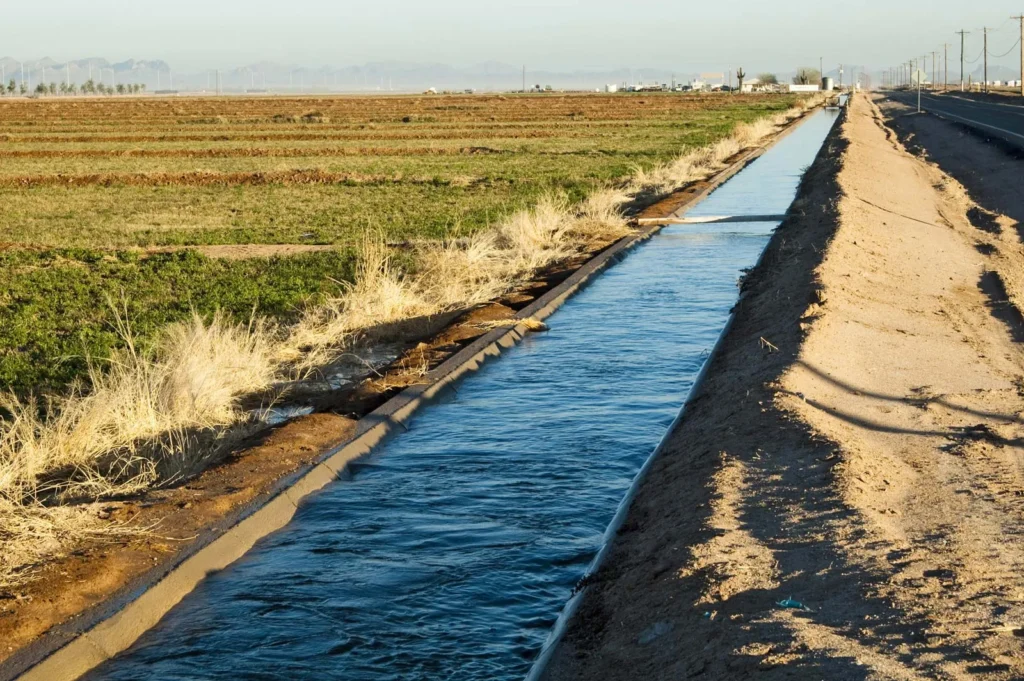Irrigation is the process of using available water sources and distributing it to fields in order to grow crops. According to estimates, there is enough water available now to irrigate around 50% of the land on Earth that can be used for agriculture. In order to increase food production, current irrigation techniques must be improved, and new technologies like weather manipulation and sea water desalination must be developed.
There are two types of water sources: ground sources, which include horizontal galleries, wells, and springs; and surface sources, which include lakes, streams, and rainwater collected in a variety of ways, including snow on the ground. It is possible to create irrigation systems that will use any water supply.
Contents:
- Benefits
- Negative aspects
1. Benefits of Water Management Systems
The typical advantages of an irrigation project are as follows:
- overall progress of the nation, individual prosperity, and national riches.
- safeguarding against starvation and achieving food self-sufficiency.
- An increase in agricultural output and a rise in land value.
- Hydroelectric power generation: Power may sometimes be produced by using the canal fall.
- Inland navigation: Some sizable irrigation canals could be constructed with navigation in mind.
- residential water supply: In many locations, the sole source of water available for residential use is irrigation canals.
- Enhancement of communication: The roads built along the significant canals are used for more than just inspections; they are also used for general communication.
Plantation: Trees are planted to increase the supply of wood, fuel, and fruit along field borders, canal banks, etc.
Groundwater storage is improved because irrigation and canal water percolates into the land and increases the water table. In regions that are semiarid or arid, this is preferred.
In actuality, current agricultural techniques, including the use of chemical fertilisers and repeated cropping of high-yielding cultivars, rely heavily on irrigation as their primary input. The construction of cold storage facilities, technical institutes, cottage businesses, and other developmental initiatives that support the socioeconomic advancement of the populace are concentrated in nations that are mostly agricultural.
2. Negative aspects of the irrigation system
However, excessive irrigation and inappropriate irrigation water usage might result in the following negative impacts, which should be avoided:
- Irrigation done carelessly might result in the development of mosquito breeding grounds.
- Salt efflorescence and water logging may result from excessive watering.







